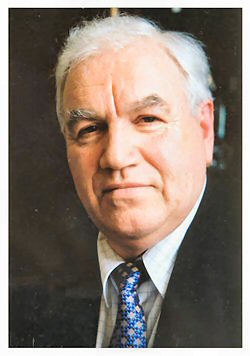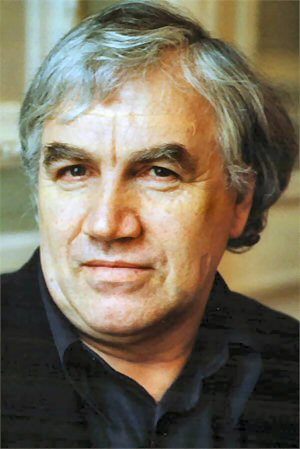His mother Antonina M. Paramonova, was a native of the city
of Tambov, while his father Grayr Aikovich Khanedanian (b. 1909) was a native of Trabzon
(Turkey) and took part in the last Soviet-Finnish War and the Second World War.
In 1958, Khanedanian entered the Lviv State Conservatory.
In 1961, he was accepted by the Lviv Opera House as a soloist.
1963 to 1965, he was drafted into the Soviet army.
In 1965, he was hired by the Odessa Opera and Ballet Theater where he remained until 1972.
Next, he came to the Alisher Navoi Theater in Tashkent (Uzbekistan), where he sang until 1980, while teaching at the Tashkent State
Conservatory.
1980 to 1987, he sang in Ordzhonikidze (today Vladikavkaz) in North Ossetia, until he was invited to join
the Perm Opera and Ballet Theater. During the same time, he sang at the Kirov/Mariinskij, where he became a member of the troupe in
1995. He was also a professor at the St. Petersburg Rimskij-Korsakov State Conservatory.
He is the composer of several operas, ballet, songs, symphonies.
In 1960, he also started to paint.
He started as a baritone, and his repertory thus includes: Aleko, Amonasro, Escamillo, Alfio,
German, Pinkerton, Cavaradossi, Canio, Radamès, Don Carlo, José, Hoffmann, ...
Reference 1
Reference 2

